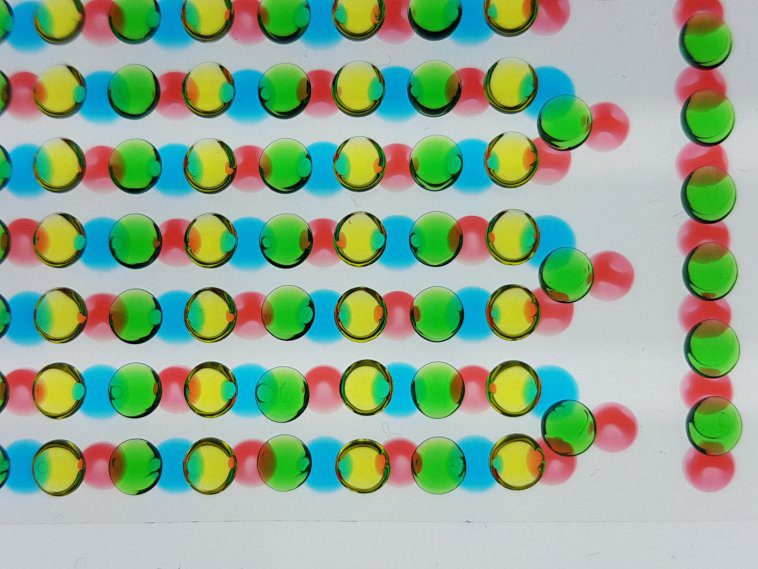A sheet of bioprinted hydrogels — inspired by the electric eel — is capable of delivering 110 volts of electricity. It has potential to become a soft power source which draws on a biological system’s chemical energy.
Researchers used a 3D bioprinter to create a device which reached 110 volts from hydrogels. Essentially, they were inspired by electric eels’ ability to produce hundreds of volts.
The researchers worked together to stack hydrogels full of varying strengths of salt water. Working on this project was Anirvan Guha, a graduate student at the University of Fribourg’s Adolphe Merkle Institute.
He explains that in the future, this work will hopefully help develop power sources for implantable devices. This could work by offering a soft power source which can draw on a biological system’s chemical energy.
Guha explains that such devices will be able to “utilize the gradients that already exist within the human body. Then you may be able to create a battery which continuously recharges itself, because these ionic gradients are constantly being re-established within the body.”
Creating the Electric Eel Device with a Bioprinter
To create the device, the researchers used a 3D bioprinter to deposit arrays of gel precursor droplets onto plastic substrates.
Guha explains that the printer “deposits little droplets of gel … with the precision and spatial resolution to print an array of almost 2,500 gels on a sheet the size of a normal piece of printer paper.”
It’s necessary to stack thousands of individual hydrogels to generate the volts, but this is easy work for a 3D bioprinter. After this process is complete, the researchers cured the droplets with a UV light. This converted them into solid gels.
Different salinity gels were printed on one substrate which were either high or low. On a second substrate, “cation-selective and anion-selective” gels were printed.
Finally, the researchers would overlay the gels. As they connect, they form a conductive pathway. Essentially, this pathway is what generates up to 110 volts.
Next, the aim is to increase the current which runs through the hydrogel. Guha explains: “Right now, we’re in the range of tens to hundreds of microamperes , which is too low to power most electronic devices.”
Guha will be presenting his research this week at the Biophysical Society 62nd Annual Meeting in San Francisco. Find out more by reading the paper written by Guha and his co-authors called “An eel-inspired artificial electric organ: 110 volts from water and salt”.
Source: Phys
Website: LINK




